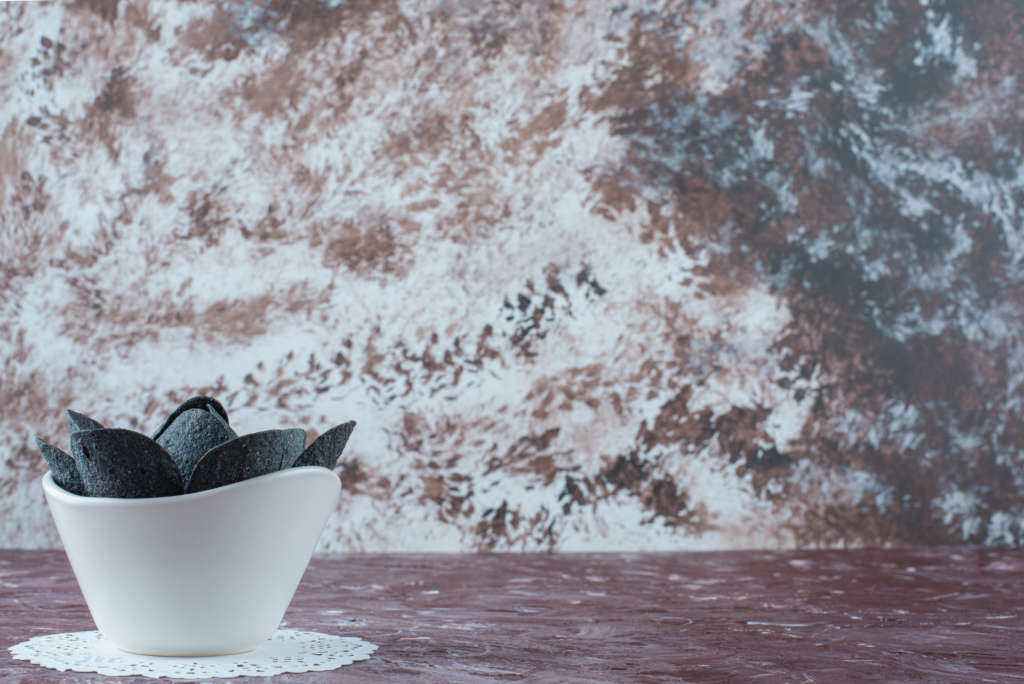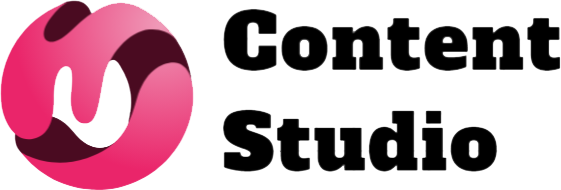Product Photography Backgrounds: The Key to Stunning Visuals That Convert

Introduction
Choosing the right background for product photography is more than just an aesthetic decision; it’s a game changer. A background can elevate your product, set the mood, and ultimately boost your sales. Whether you’re shooting for a small business or an online store, understanding how to match backgrounds with your product is crucial. In this article, we’ll break down various background options, materials, and tips to help you capture images that draw in buyers.
Types of Product Photography Backgrounds

White Backgrounds White is the classic choice, especially for eCommerce. It’s clean, minimalist, and directs all attention to the product. Big retailers like Amazon swear by it for a reason—it creates consistency and lets the product do the talking. A simple white background is great for a variety of products, especially when you want to maintain a professional, uniform look across your product range.
Colored Backgrounds Want to make a statement? Colored backgrounds are your ticket. The color you choose speaks to the emotions or vibes you want to convey. Pastels work wonders for beauty products and skincare, giving them a calm and soothing feel. On the flip side, bright or bold hues add energy, making them perfect for tech or lifestyle items. The right color can evoke feelings, creating a stronger connection with potential buyers.
Textured Backgrounds Texture adds richness to a photo and can help tell a story about the product. Think about wood for rustic or organic items, marble for luxury products, or fabric for cozy goods. Textured backgrounds engage the senses in a way that a plain backdrop just can’t. They invite your customers to imagine how the product feels, adding a tactile quality that helps make a connection.
Gradient and Blurred Backgrounds Gradient or blurred backgrounds offer a touch of elegance. They add depth and sophistication without stealing focus from your product. Gradients are especially great for delicate items like jewelry, where the soft fade helps the product stand out, while also offering an understated vibe. Blurred backgrounds are perfect for highlighting details, drawing the viewer’s eyes directly to the subject of the shot.
Lifestyle Backgrounds Sometimes it’s about showing your product in action. Lifestyle backgrounds let you tell a story. Picture a coffee mug on a kitchen counter or headphones resting on a desk. By placing your product in a natural setting, you help potential buyers imagine how the product fits into their lives. It’s like inviting them into your world. This type of background is fantastic for giving context to your product and making it more relatable.
DIY vs. Professional Backgrounds When you’re just starting out, DIY backgrounds are a cost-effective solution. Simple materials like poster boards, fabric, or even cardboard can give you a solid foundation to start with. But as your brand grows, investing in professional-grade backgrounds could be the next step. These provide consistency, durability, and help take your product shots to the next level. Think vinyl or fabric backdrops that offer more control over lighting and color.
Backdrop Materials and Textures
Acrylic and Vinyl Backgrounds Acrylic is a go-to material for products that need a reflective, sleek backdrop. It’s perfect for tech gadgets or modern products. Vinyl, on the other hand, is highly durable and easy to clean, making it ideal for food photography or messy items. Both materials offer the benefit of being easy to maintain while providing a professional finish.
Paper and Fabric Backgrounds For a versatile option, paper rolls are a solid choice. They come in a variety of colors and are affordable, allowing you to switch things up based on your shoot. Fabric backdrops, like canvas or muslin, add a softer look and feel. They’re a great option for creating an elegant, professional atmosphere without breaking the bank.
Hand-Painted and Digital Backgrounds Hand-painted backdrops are an opportunity to add a unique touch to your shoots. They allow you to create a backdrop that speaks to your brand’s personality. On the other hand, digital backgrounds give you limitless creative freedom. You can adjust the color, texture, and design in post-production, offering flexibility without having to reset your shoot.
Technical Setup for Product Photography Backgrounds
Lighting Techniques Good lighting is the key to making any background work. Natural light provides a soft, organic look, while artificial lighting offers more control. Consider using diffusers, softboxes, or reflectors to help manipulate the light based on the background and the product. For white backgrounds, you might want to use bright lighting to avoid shadows, whereas for textured backgrounds, softer lighting can help accentuate the details.
Equipment and Tools The right tools can elevate your background game. Invest in a quality camera, a sturdy tripod, and lenses that are suited for your product type. A macro lens is ideal for detailed shots, while a wide-angle lens works well for capturing larger settings. And don’t forget about light modifiers—softboxes and reflectors can make a huge difference in how your background looks.
Composition Tips Composition can make or break a photo. The right framing draws attention to your product and adds visual interest. A good trick is to place your product slightly off-center, breaking away from the traditional rule of thirds. Additionally, using a wide aperture can create a shallow depth of field, blurring the background and helping your product stand out.
Different Categories for Product Photography Backgrounds
Different types of products require different background approaches. Here are a few ideas:
- Clothing: Keep it simple. Minimalist or gradient backgrounds work well here, letting the product be the focal point.
- Food: Natural materials like wood or stone convey a sense of authenticity and freshness, perfect for food photography.
- Electronics: Sleek, modern products benefit from clean white or black backgrounds that enhance their design.
- Beauty Products: Soft pastel backgrounds or textured surfaces like marble give off a luxury feel, emphasizing care and quality.
Advanced Tips for Background Customization
Leveraging Software for Background Retouching Don’t be afraid to tweak your background in post-production. Software like Adobe Photoshop or Lightroom can help adjust the colors, blur effects, or add gradients. A simple edit can elevate a good shot into something eye-catching and professional.
Experimenting with Props Props can add depth and context to your photos, but remember—less is more. A few carefully chosen items, like fresh flowers for skincare products or a laptop for tech accessories, can complement your product without overwhelming the shot. Props can help tell your brand story and make the product feel more relatable to buyers.
Conclusion
Your product photography backgrounds is more than just a backdrop; it’s an integral part of your product’s story. Whether you opt for the simplicity of a white background or the storytelling power of a lifestyle scene, the background you choose should reflect your brand and capture the viewer’s attention. Start small with DIY options if you’re on a budget, and as you grow, consider investing in professional-grade setups. With the right background, you can make product images that don’t just look good but drive conversions.

